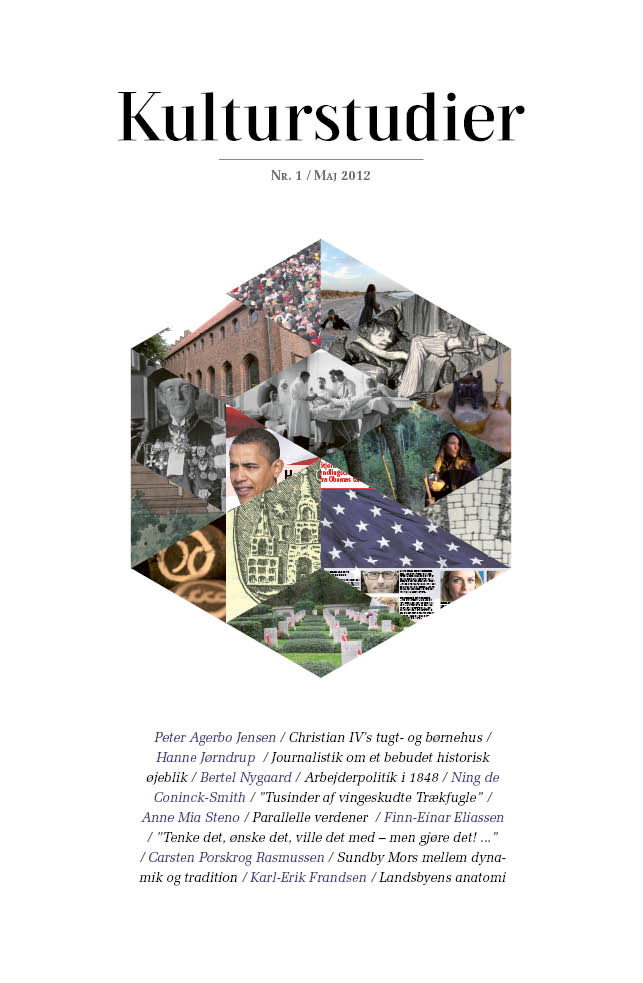Christian IV’s tugt- og børnehus. Social institution eller merkantilistisk foretagende?
DOI:
https://doi.org/10.7146/ks.v3i1.6307Resumé
The Gaol and Orphanage of Christian IV - Social Institution or Mercantilist Enterprise?
In 1605, the Danish King Christian IV founded a gaol after English and Northern European models. The purpose of the gaol was that the inmates, the vagrants, should be taught textile making. In contrast to contemporary foreign examples the Danish gaol was founded by the king himself, just as it was the crown that both owned the institution and was the purchaser of its textile products. In 1620, the institution was extended with an orphanage as well as various workshops for textile handicrafts. The gaol and orphanage was closed in 1649.
The basic question posed in the present article is: Was the foundation in 1605 and the subsequent operation of the gaol and orphanage of Christian IV in the years until its closure in 1649 a manifestation of mercantilism, the predominant economic theory of the age, or should the institution rather be seen as a social and preventive measure in the fight against vagrancy?
In order to answer this question, an examination is made of various contemporary sources, including legislatory material, in order to determine the character of the gaol undertaking.
It is the conclusion of the present article that the gaol and orphanage was a combination of mercantilist policy and a socially preventive measure. From being at the outset in 1605 a predominantly social institution with a certain element of mercantilism, it developed into a predominantly mercantilist enterprise whose previous social function was toned down and receded into the background.
Downloads
Publiceret
Citation/Eksport
Nummer
Sektion
Licens
Artikler udgivet i Kulturstudier må ikke frit offentliggøres på egne eller institutionelle hjemmesider i deres helhed det første år. I tilfælde af, at den institution man er tilknyttet kræver publicering indenfor systemet, kan man her med fordel angive en kort sammenfatning af artiklen, og så et link til Kulturstudier, hvor artiklen ellers er frit tilgængeligt.





